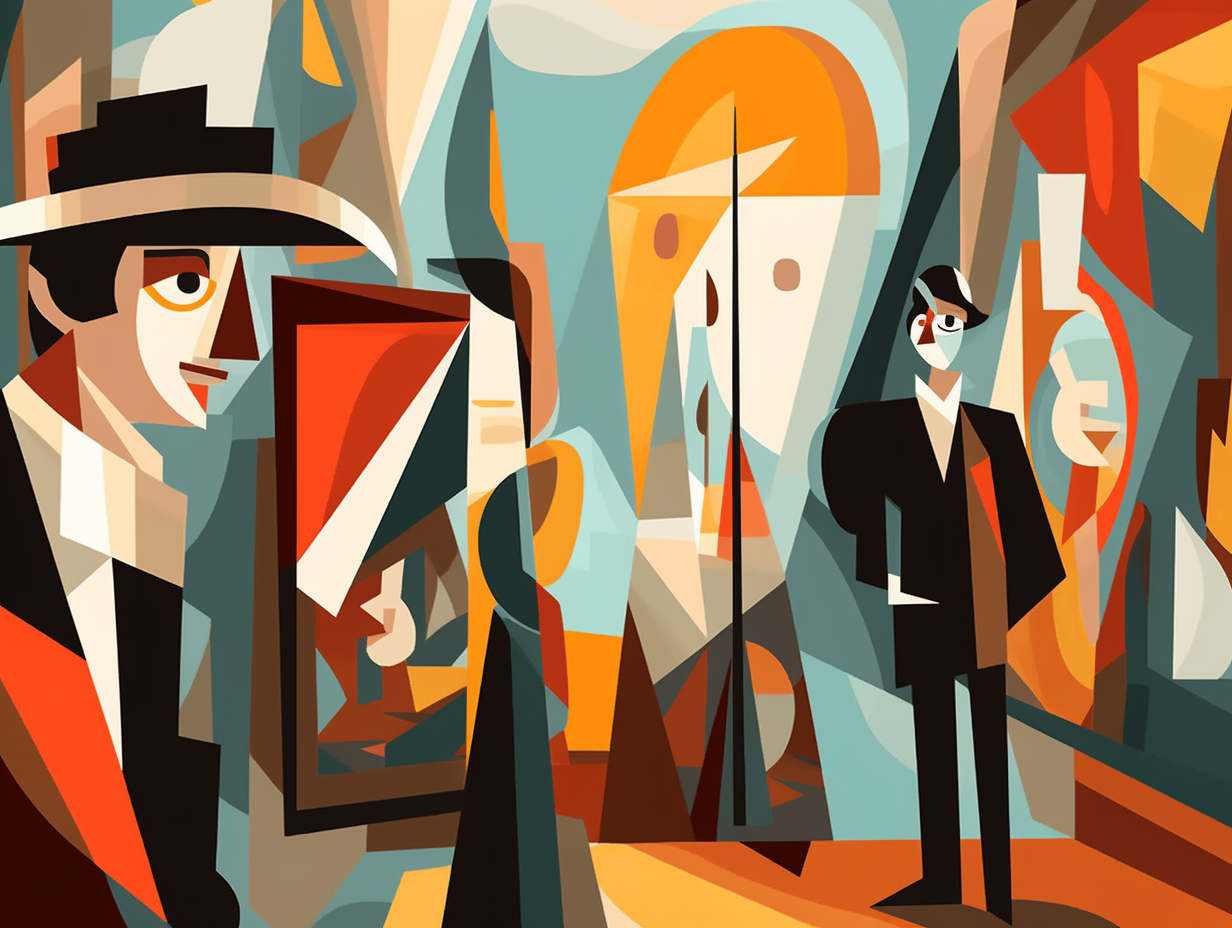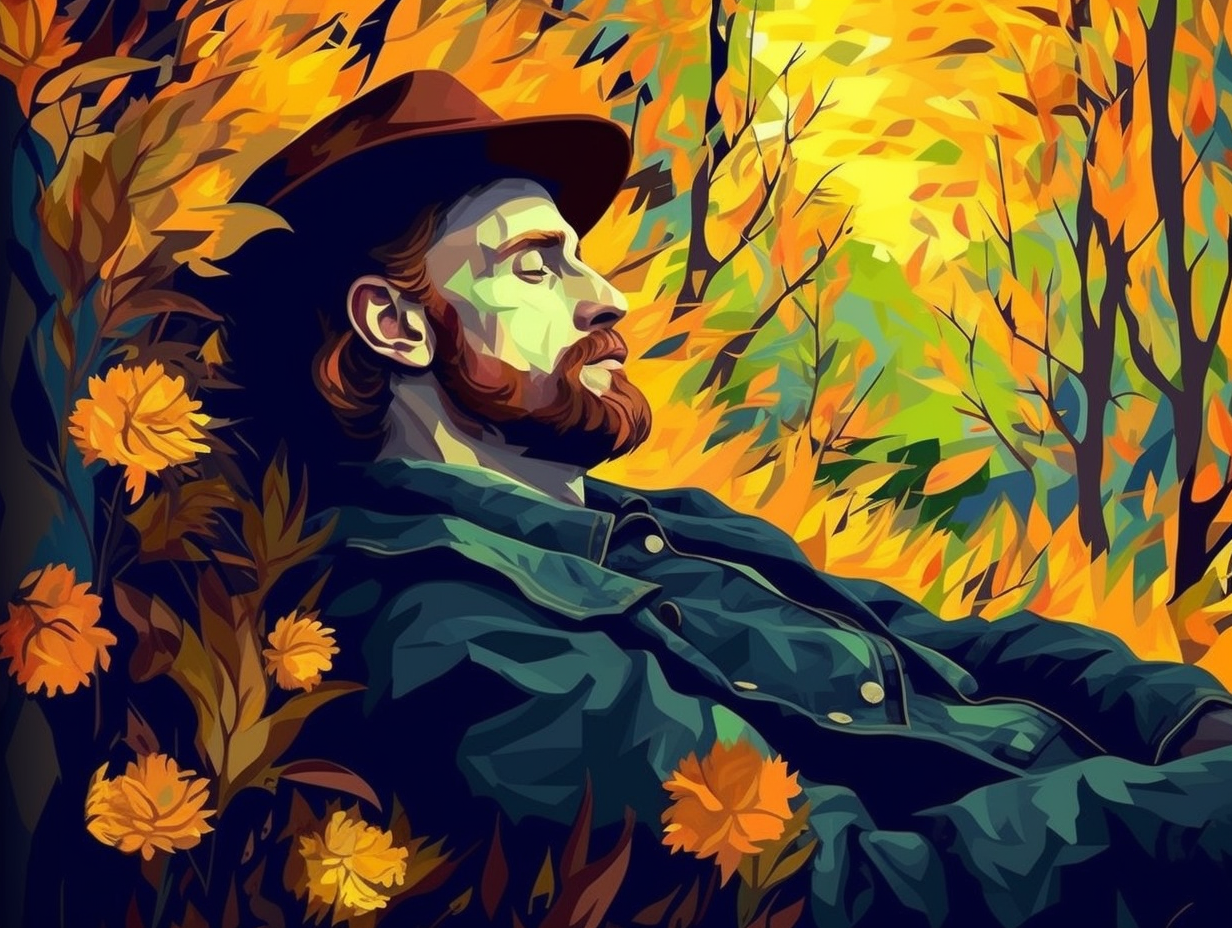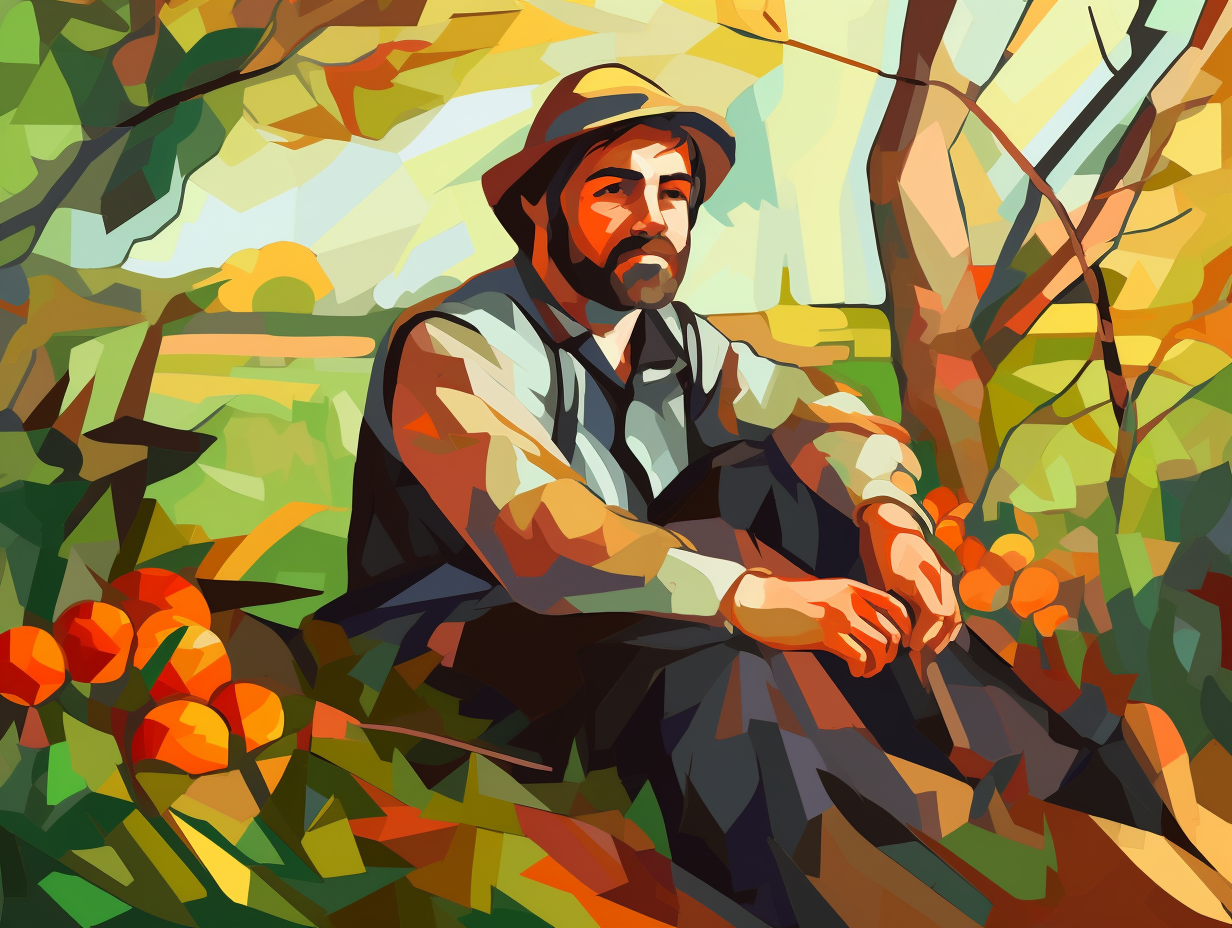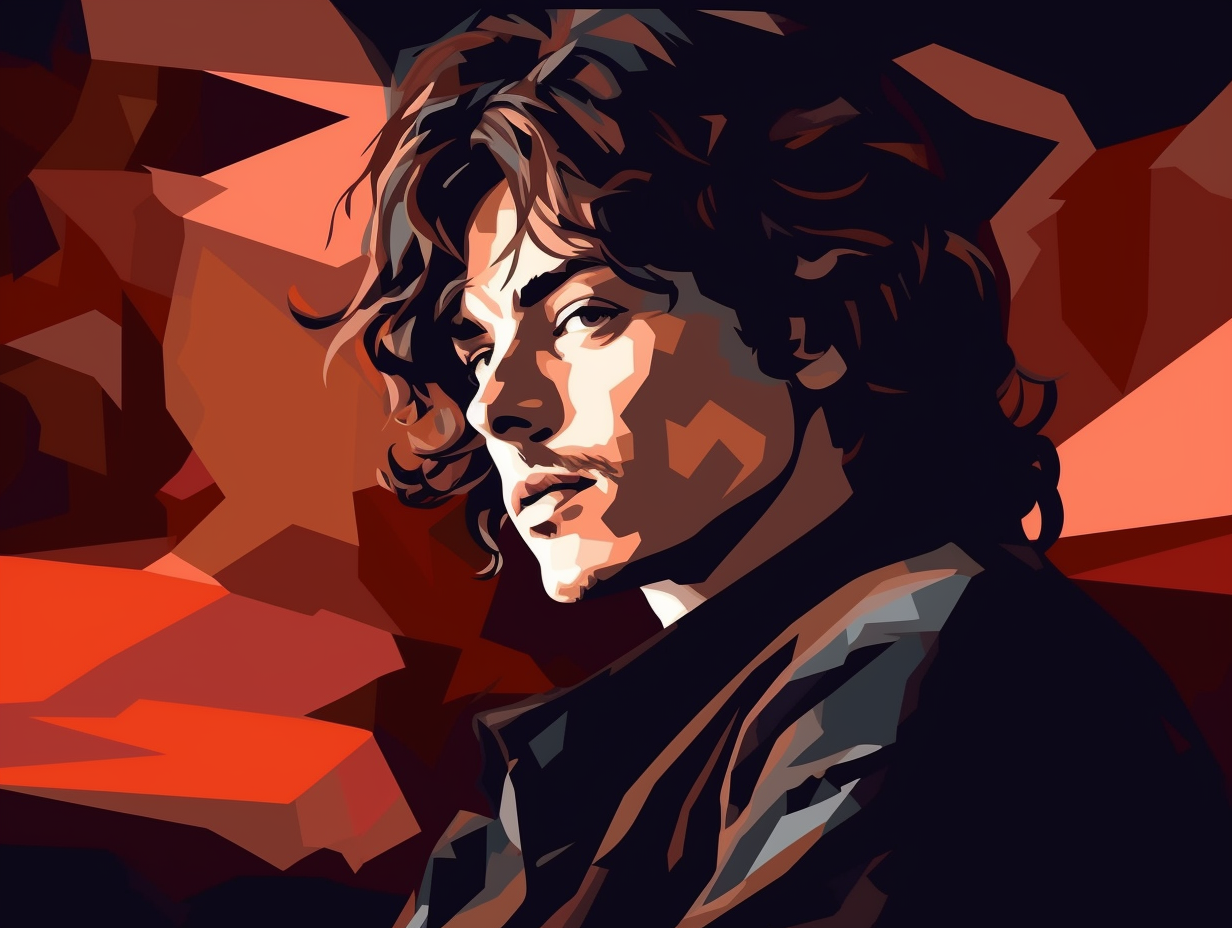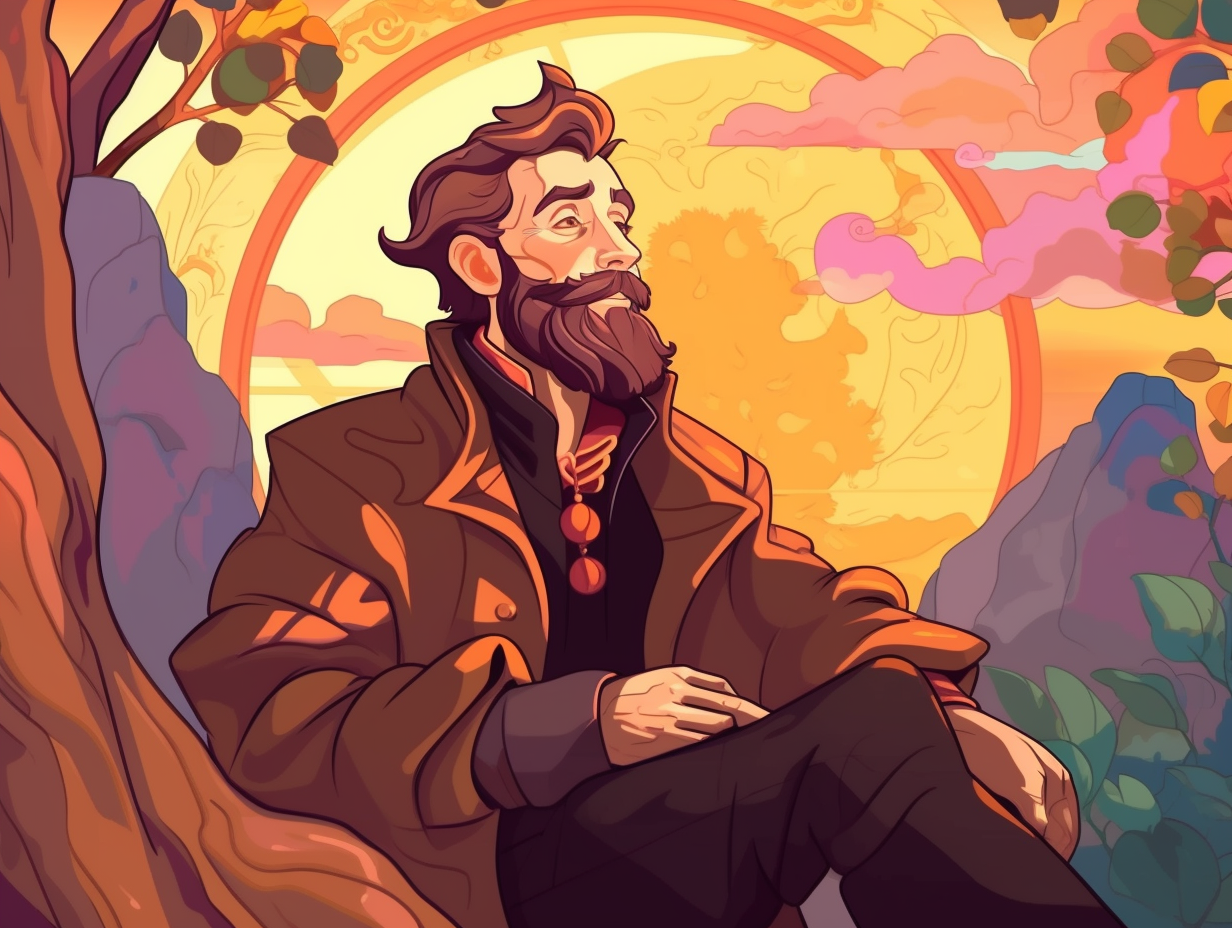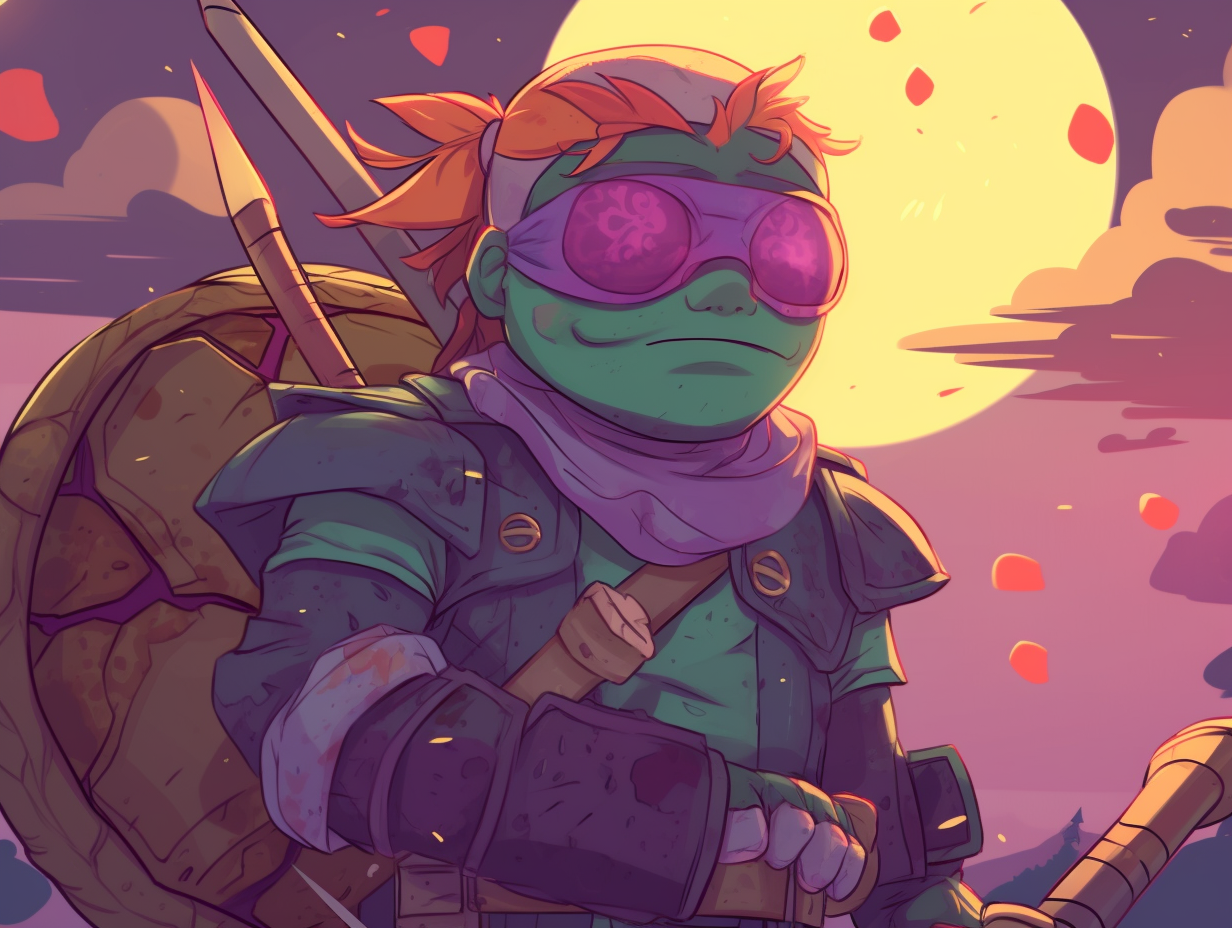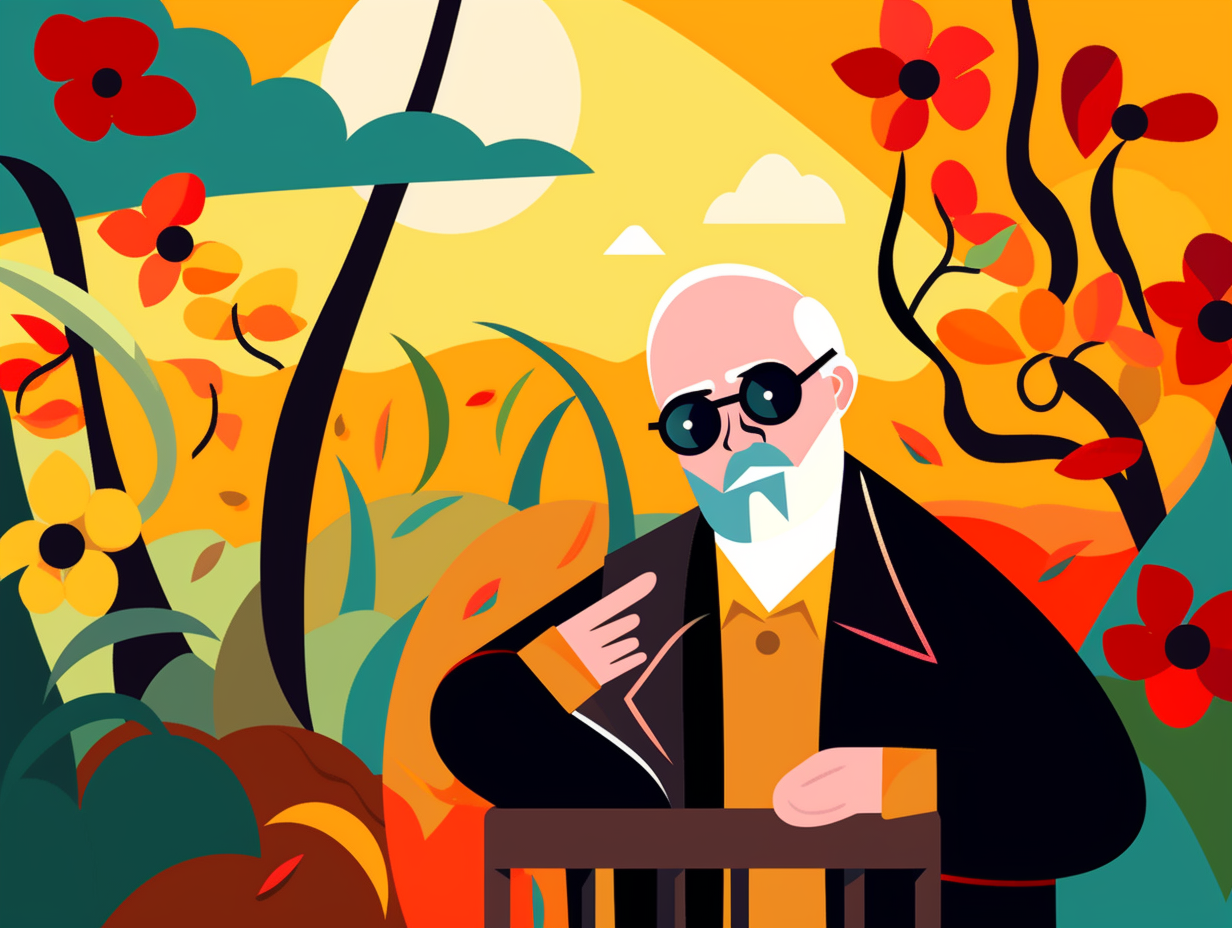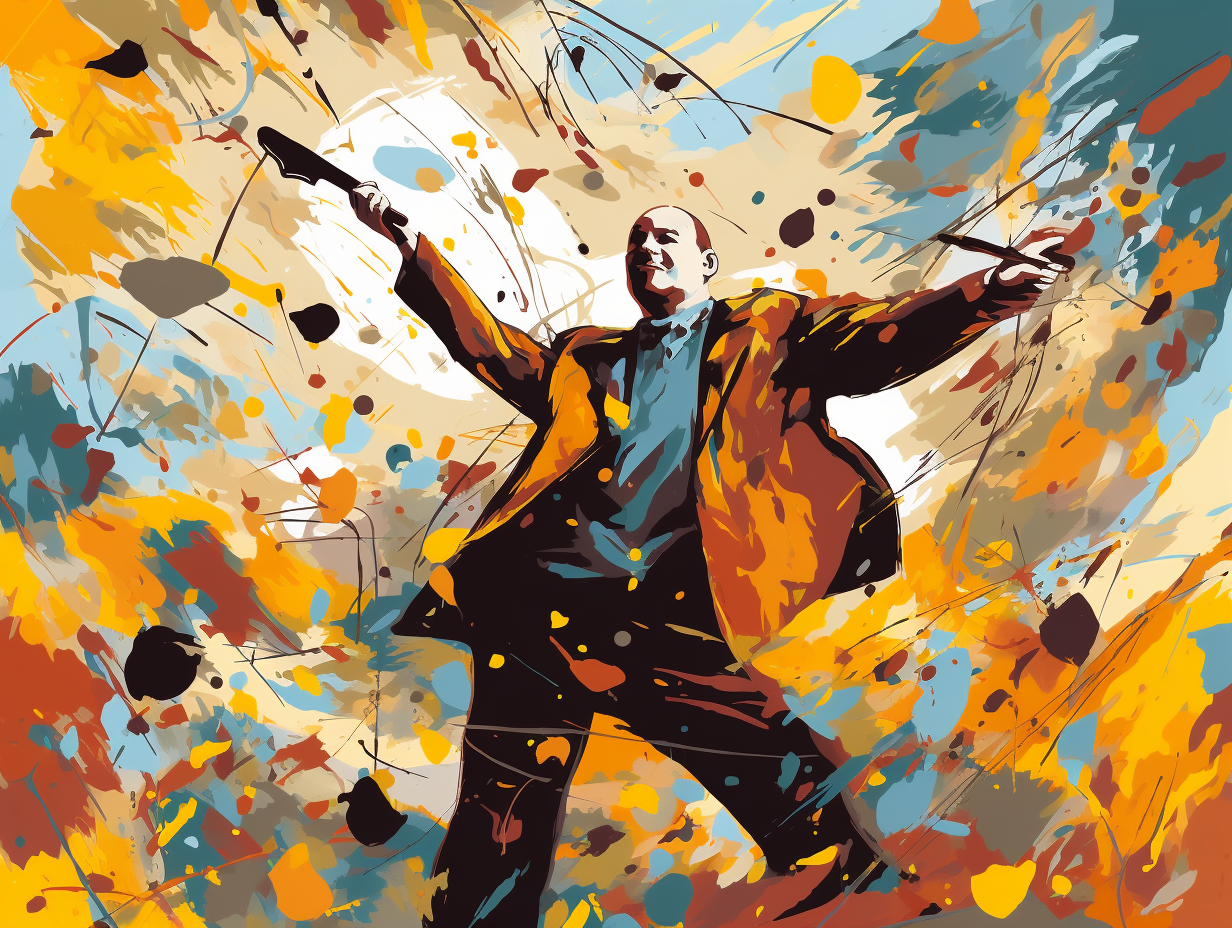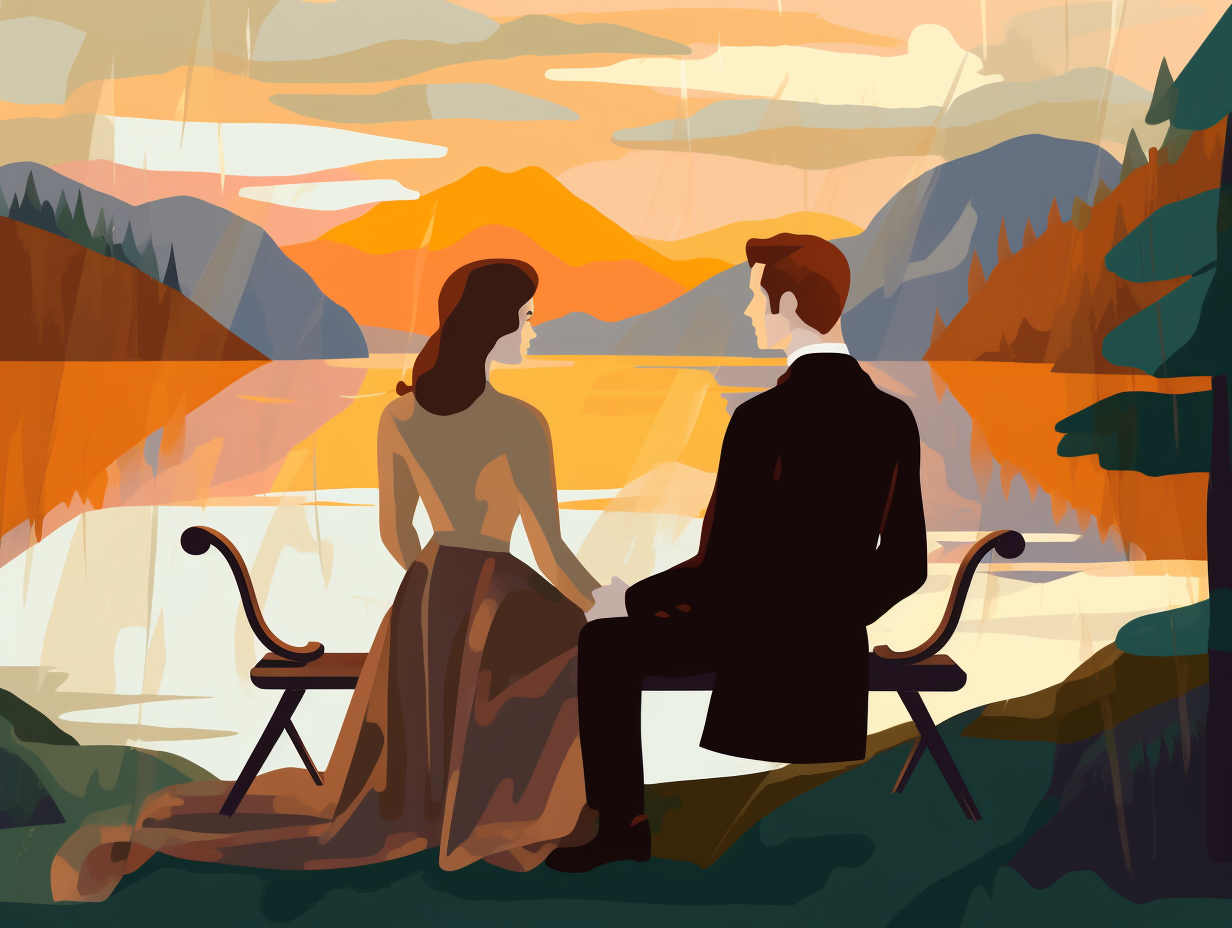Discover the Intrigue: Top 12 Fun Facts About Gustav Klimt You Never Knew!
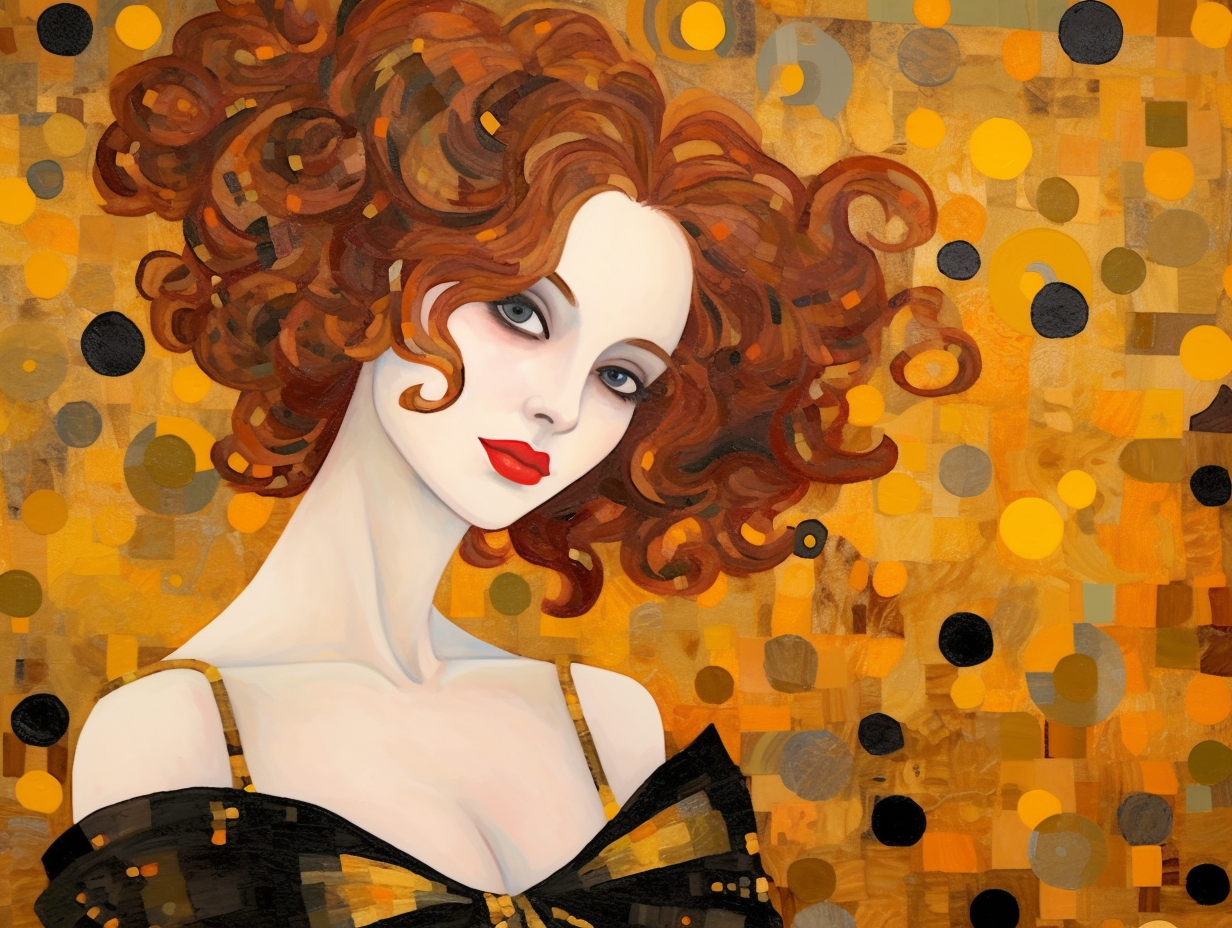
1. Scandalous Art Rebel
Well, Gustav Klimt surely knew how to raise an eyebrow and make cheeks blush in the art world – and we're not talking about dabs of red paint: Klimt's artwork was deemed far too erotic and scandalous in his time, leading to the rejection of his commission for the University of Vienna's Great Hall ceiling. Nevertheless, he brushed off the critics and moved into his fabulous "Golden Phase," creating iconic masterpieces like the Portrait of Adele Bloch-Bauer I and The Kiss, and even co-founding the avant-garde Wiener Sezession to support unconventional artists.
Source => en.wikipedia.org
2. Mysterious, Self-portrait-less Artist
While some artists may have been busy painting their own reflection in a narcissistic swirl of self-adoration, Gustav Klimt chose to keep his own visage a tantalizing mystery: in fact, the Austrian symbolist never created a single self-portrait, opting instead for showcasing other people—especially women—as the subjects of his sensually captivating artwork.
Source => barnebys.com

Discover how Leonardo da Vinci was way ahead of his time, designing an advanced diving suit complete with a bamboo snorkel and early oxygen supply ideas. Dive into the genius mind of Leo!
=> Fun Facts about Leonardo-Da-Vinci
3. Klimt's Golden Coin Worth
Oh, how the tables have turned: from being slammed as a scandalous scamp for painting a bit too much smooching and flaunting too much gold leaf inspired by religious art, Gustav Klimt is now literally worth his weight in gold! Yes, indeed: Klimt's Art Nouveau revolution has rewarded him with none other than his face on a 100-Euro gold coin issued by Austria in 2003, while his masterpiece, The Kiss, seductively lounges on the flip side.
Source => plus-plus.com
4. Klimt and Schiele's Mutual Respect
While Gustav Klimt and Egon Schiele might've been the perfect duo for a buddy comedy of artistic rebels – dodging scandal while painting unconventional bodies – they were anything but BFFs: In reality, Klimt and Schiele maintained a deep respect for each other's talents, with Klimt creating delicate drawings as preparatory designs for his eye-catching paintings and Schiele fearlessly examining all bodies, even his own, as subjects in art.
Source => mfa.org
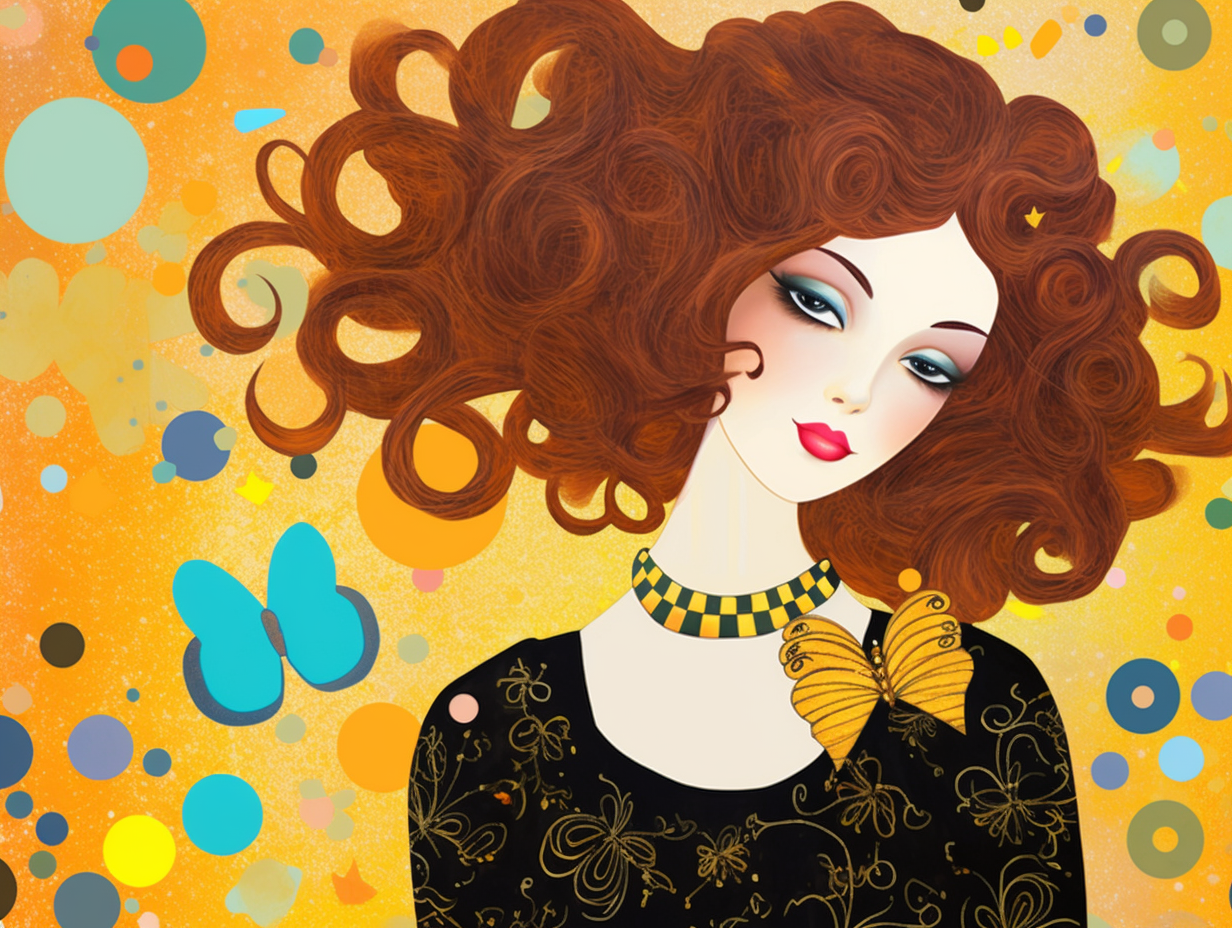
5. Art Nouveau Workaholic
If Gustav Klimt were a modern workaholic, he'd sport perpetual eyebags while sipping espresso in sweatpants: this iconic artist often burned the midnight oil in his studio, culminating in him becoming a master of the Art Nouveau movement and leaving behind an extraordinary legacy.
Source => goodreads.com
6. Relationship with Gold
If Gustav Klimt had a dating profile, it might have read, "Painter seeks gold for a committed artistic relationship, must have a sense of depth and preferably be Ducat Double Gold": Little did people know that Klimt, the illustrious artist, extensively used gold in his Beethoven Frieze, employing techniques like oil gilding, stucco layering, and animal glue reinforcement to achieve a unique planar effect. He even chose Ducat Double Gold for its color conservation properties and used aluminum foil for the knight's sword!
Source => iiconservation.org
7. Toga-Loving Klimt
If Gustav Klimt was reminiscing about his college days, he'd be the guy telling everyone he rocked a toga at frat parties: In reality, Klimt was fond of wearing long robes and sandals around his home, but there's no evidence to suggest that his artsy, laid-back wardrobe influenced his paintings. Rather, it was his experimentation with gold leaves that truly set his art apart, defining his signature aesthetic.
Source => silverandexact.wordpress.com
8. Fashionable Muse Emilie Flöge
When Gustav Klimt needed a muse, he dialed F for fashion: Emilie Flöge, a gifted designer and Klimt's confidante for over 26 years, not only sparked his passion for style but actively collaborated in creating some of his most iconic works and helped him connect with affluent patrons through her salon, even modeling for him in her own designs as seen in the portrait "Emilie Flöge" (1902).
Source => sothebysinstitute.com
9. Masterpiece's Giant Uber Ride
When Klimt's colossal masterpiece needed an Uber to its debut: Gustav Klimt, a key figure of the Vienna Secession movement, had to use a specially constructed cart to transport his enormous Beethoven Frieze from his studio to the 14th Secession exhibition in 1902, where it depicted the story of Beethoven's Ninth Symphony and became one of his most iconic works.
Source => en.wikipedia.org

10. The Collaborative Klimt Brothers
You know what they say, "Two Klimts are better than one!" – especially when it comes to painting ceilings together: Ernst and Gustav Klimt, along with their friend Franz Matsch, founded the "Künstler-Compagnie" after their mentor Ferdinand Laufberger's death, and collaborated on various decorative projects, like ceiling paintings for theaters and the Hermesvilla.
Source => en.wikipedia.org
11. Teenage Mutant Ninja Artists
Before they were experts in slaying canvas with their artistic finesse, the Klimt brothers were unmistakably the 19th century's very own Teenage Mutant Ninja Artists: Gustav, Ernst, and Georg formed an unbeatable art trifecta during their time at the Viennese School of Applied Art, clinching multiple paid commissions in their pre-graduation days, while their father, a gold and silver engraver, passed down an appreciation for the craft from generation to generation.
Source => blog.flametreepublishing.com
12. Klimt, the Cat-Lady Man
Gustav Klimt, the ultimate cat-lady man: Austrian artist famous for his golden paintings and his undying devotion to feline furballs. This Bohemian cat whisperer was known to have a multitude of lovers, yet none of them would ever come close to his heartfelt affection for his beloved purring partner in crime: Klimt's most cherished relationship was, indeed, with his pet cat.
Source => artsy.net
Related Fun Facts

